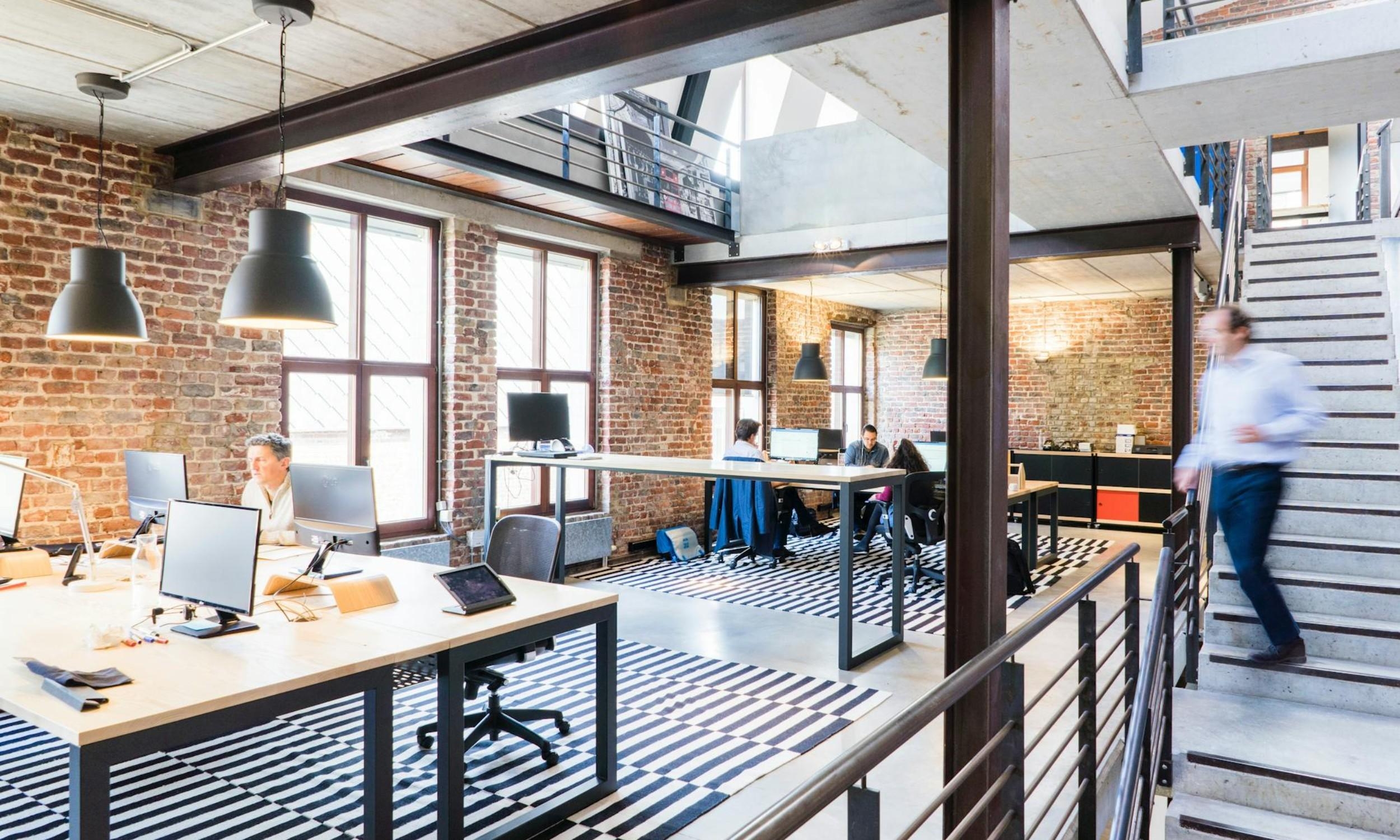What we do.
BSV Recruitment is an established engineering recruitment agency dedicated to the Building Services engineering sector. We work to connect engineering talent with career opportunities; we provide businesses with recruitment solutions.
BSV Recruitment has over twenty years bespoke experience in the industry. Our speciality includes sourcing, screening, and placing highly skilled engineers into roles that align with their expertise and career goals.
Our value is matching candidates and employers. We cover permanent, temporary, or contract positions and have a wide network of engineering professionals to draw upon.
As a trusted Building Services engineering recruitment agency, we understand the challenges businesses face in finding the right talent. Our services meet your specific needs, ensuring a smooth, efficient hiring process.
BSV Recruitment saves valuable time and allows you to focus on your career and your business.
Browse our latest roles.
View all jobsElectrical Design Engineer
BIM Technician
Graduate Electrical Design Engineer
Graduate Mechanical Design Engineer
Areas of Expertise
Building Information Modelling (BIM) has become one of the most transformative innovations in the construction industry. It is a digital process that involves creating and managing 3D models containing both graphical and non-graphical information about a building or infrastructure project. BIM allows architects, engineers, contractors, and clients to collaborate more effectively throughout the entire project lifecycle — from design and planning to construction and facility management. Its growing importance lies in its ability to improve efficiency, reduce errors, save costs, and promote sustainability through better decision-making and coordination.
As construction projects become increasingly complex, the demand for professionals skilled in BIM continues to rise. There are a wide range of roles within the BIM sector, including BIM Managers, who oversee the implementation and coordination of models; BIM Coordinators, who ensure data accuracy and manage collaboration between teams; and BIM Technicians or Modelers, who create and update the digital models. Other key roles include BIM Engineers, Architects, Surveyors, and Project Managers who integrate BIM into their workflows. Additionally, Data Analysts and Software Developers play a growing role in improving BIM technologies. As digital transformation continues, BIM is becoming an essential skill set, shaping the future of modern construction worldwide.
Our BSV Recruitment connects skilled BIM professionals with leading construction and engineering firms, ensuring the right talent drives innovation, efficiency, and project success.
Meet our team.
View hereKate Murrells
Recruitment Consultant
Hanneke Silvester
Recruitment Consultant
Rachael Walsh
Recruitment Consultant
Darren Warmington
Recruitment Consultant and Director
Recruitment Consultant
Recruitment Consultant

